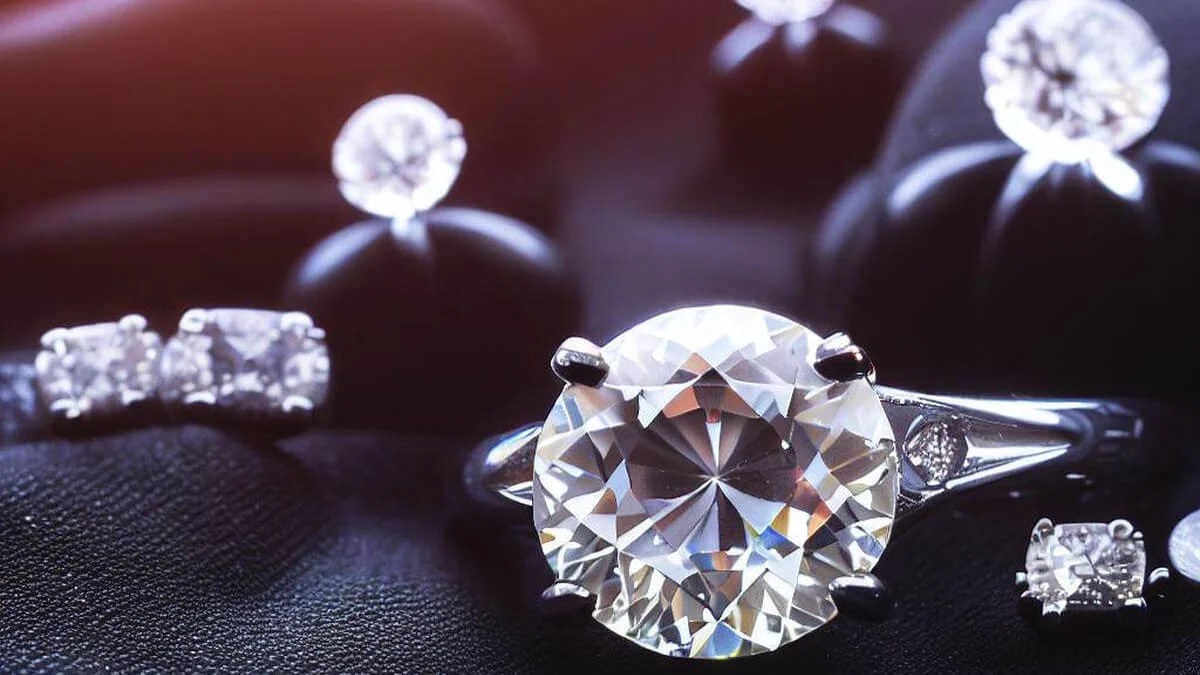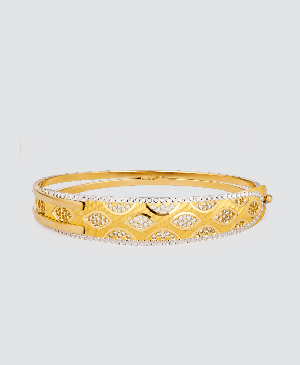
04 June
Ancient Greek jewelry is a testament to the rich cultural tapestry of the era, drawing inspiration from diverse civilizations like the Romans, Assyrians, and Egyptians. This fusion of influences resulted in jewelry that was not only exquisite but also symbolic of high rank, divine connections, and historical events.
In Ancient Greece, jewelry played a pivotal role in society, serving as more than mere adornments. It was a way to honor gods and goddesses, with pieces featuring intricate filigree work, granulation techniques, and stunning pendants that depicted celestial deities like Zeus and Helios. The use of precious stones like topaz, amethyst, and aquamarine, influenced by Roman culture, added a touch of opulence to Ancient Greek jewelry.
While jewelry was a symbol of reverence for the divine, it also reflected wealth, status, and personal taste. The elaborate designs and craftsmanship showcased the wearer's affluence and social standing. This significance is evident in the discovery of Ancient Greek jewelry in funerary sites, highlighting the belief that these precious adornments would accompany the deceased into the afterlife.
The evolution of Ancient Greek jewelry can be traced through different eras, from the Bronze Age to the Classical Greek era and the Hellenistic period. Each era brought forth distinct themes and styles, yet certain motifs persisted, defining the essence of Ancient Greek jewelry.
Exploring themes like celestial symbolism, intricate patterns inspired by nature, and the depiction of mythological figures, Ancient Greek jewelry captivates with its timeless elegance and cultural significance. It serves as a window into a bygone era where craftsmanship and artistry intertwined to create treasures that transcend time.
Cufflinks, while more formal, are equally essential in men's jewelry. They add a touch of refinement and elegance, perfect for formal occasions or enhancing a professional look.












Leave a Comments
Your email address will not be published. Required fields are marked *